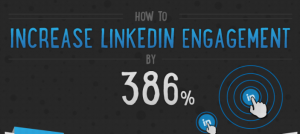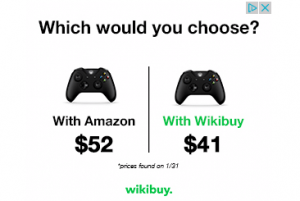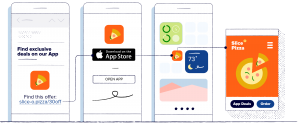 When it comes to distribution, unfortunately, there’s no one size fits all approach. Every product will have different distribution needs depending on a number of factors. So, how do you choose the distribution channel that’s right for your product? Ask yourself these questions:
When it comes to distribution, unfortunately, there’s no one size fits all approach. Every product will have different distribution needs depending on a number of factors. So, how do you choose the distribution channel that’s right for your product? Ask yourself these questions:
Where are your direct competitors?
Look to established direct competitors and see where they are selling. Chances are if they’ve been around for years, they know where to go to find the customers that you’re after. It may be difficult to get shelf space next to your competitor, but start small and prove yourself in less popular markets before you enter into well-established areas where the competition is fierce.
Is your product complex?
Although your product may make perfect sense to you, it could be difficult for other people who aren’t involved with the company to understand what it is. In these cases, even if you get the product on shelves, customers may walk by without taking a second glance, or spend a few minutes trying to figure out what it does before giving up and walking away. With a product like this, it’s even more important to carefully consider your distribution strategy. An e-commerce store may work well, since you can upload videos and give detailed information without losing the customer. Some wholesale distributors will work with brick and mortar retailers to train the staff on the benefits of your product so they can pass along their knowledge to customers. Either of these strategies will work well for highly complex products.
How do you want to position your brand?
When you’re first launching a product, it may be tempting to jump on any offer to get your product on the shelves of stores. However, this is a major mistake for brands. Marketers must first decide on how they want to position the product before they begin to choose distribution channels. For example, luxury organic products would probably not be sold through certain distribution channels such as discount or grocery stores. Instead, these items should focus on breaking into specialty food stores where they will reach the right audience while still maintaining the desired brand image.
When will consumers need my product?
Because the end goal is always to please consumers, brands must think about why their customers will be shopping for their product to decide on a distribution channel. For example, an over-the-counter headache reliever will probably do better in brick and mortar retailers as opposed to online. Why? Customers buy this product when they have a headache and want instant relief, so there would be no point in ordering it online and waiting for it to be delivered. Think hard about how customers use your product and you might just figure out how they shop for your product, too.
How do you determine which distribution channels to use? Share your strategies in the comments below!
Business & Finance Articles on Business 2 Community(29)








